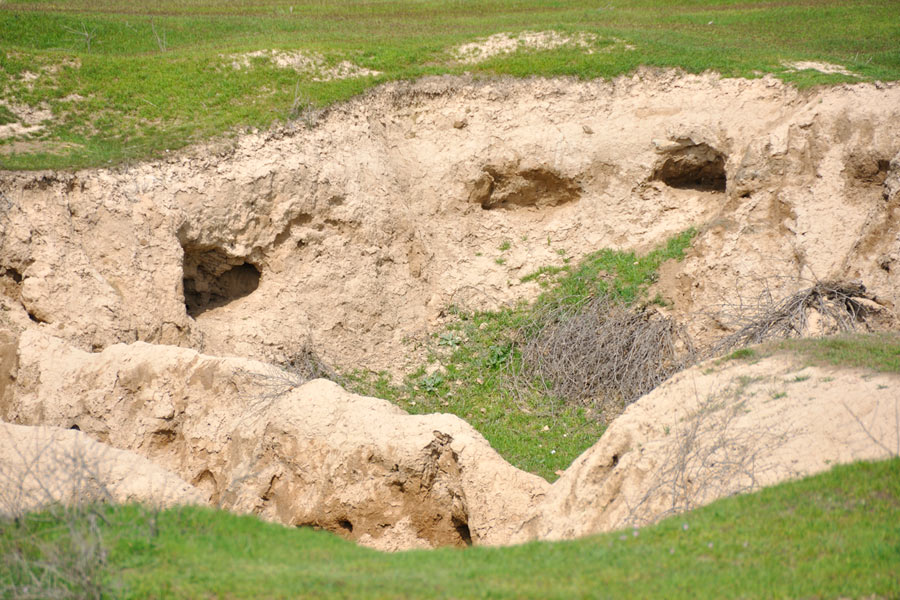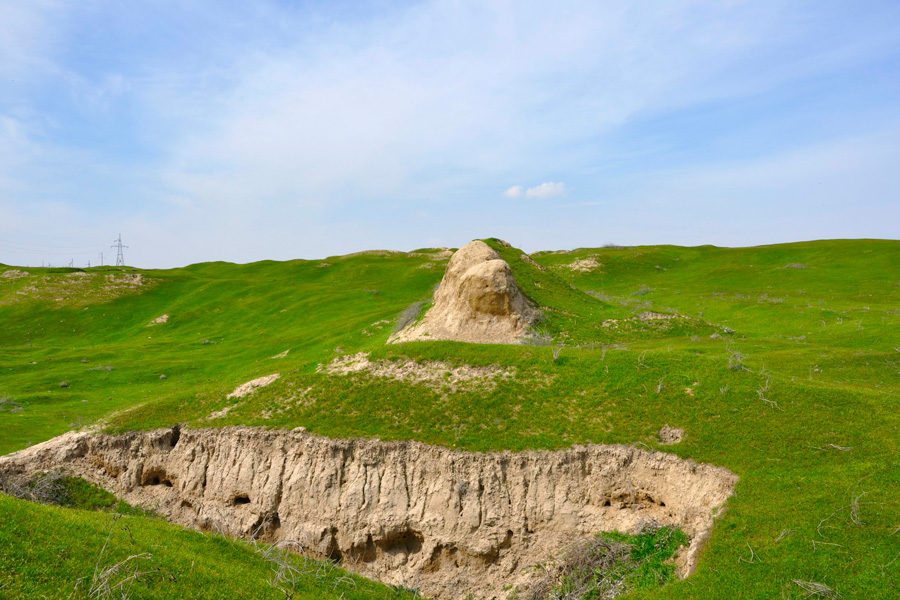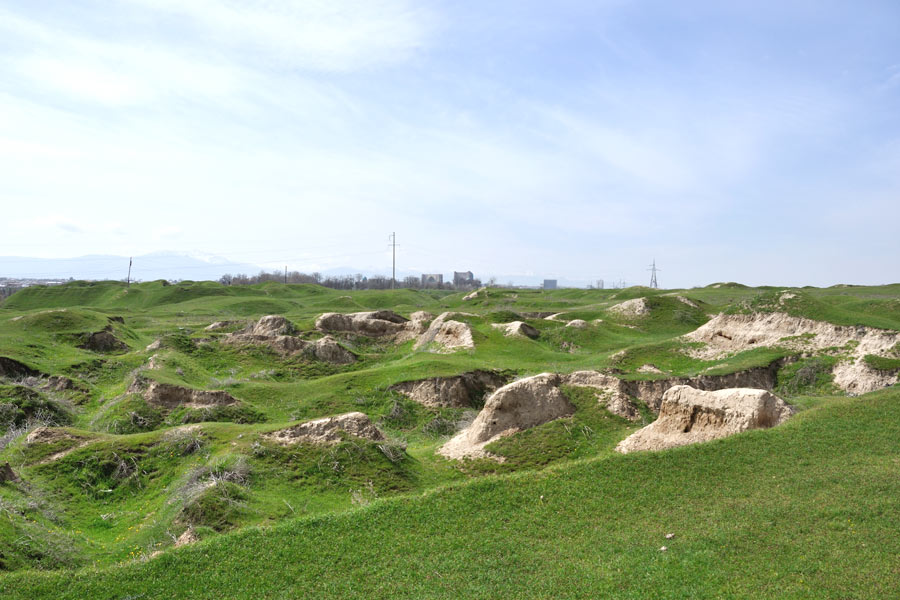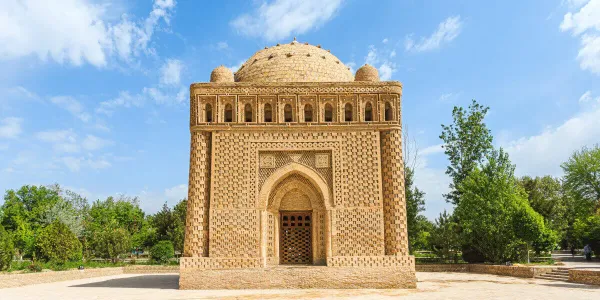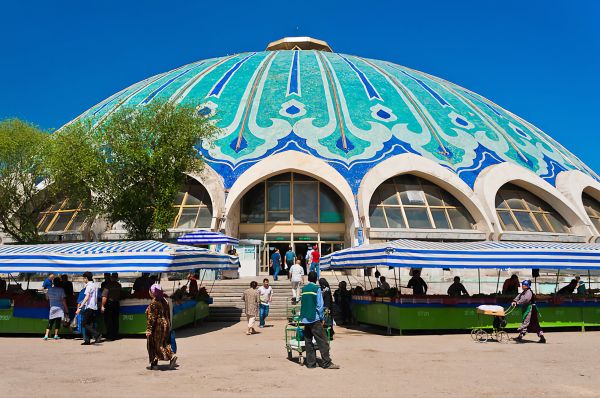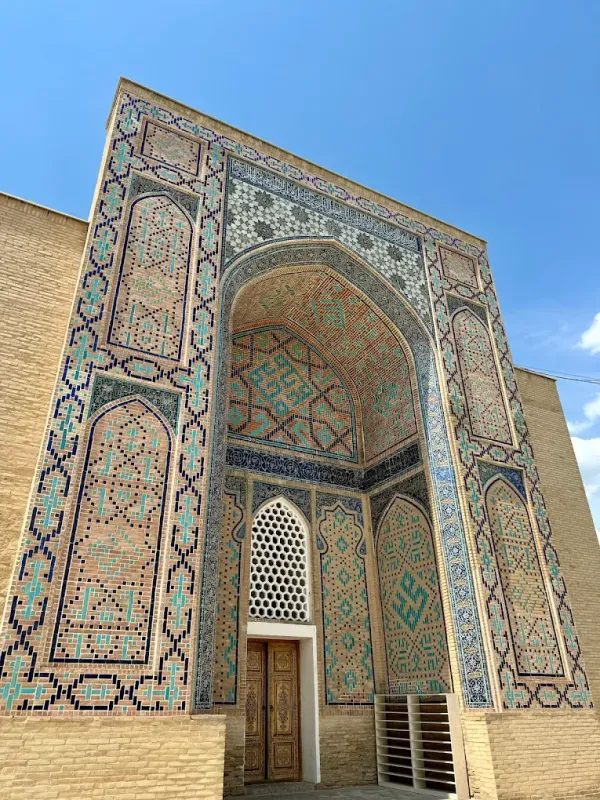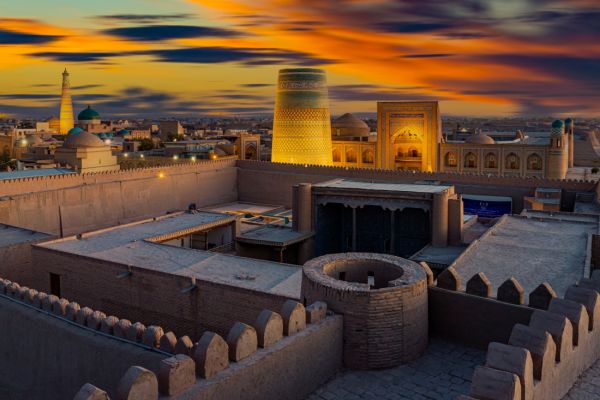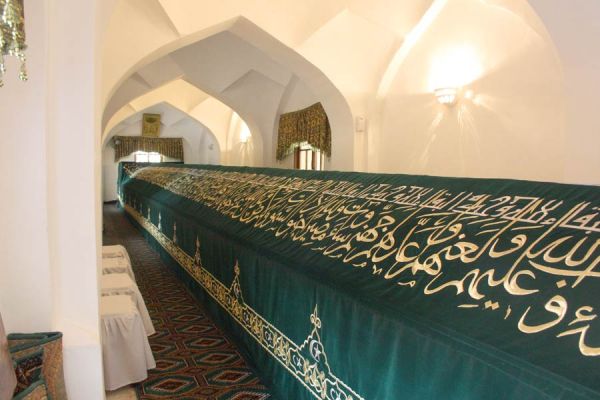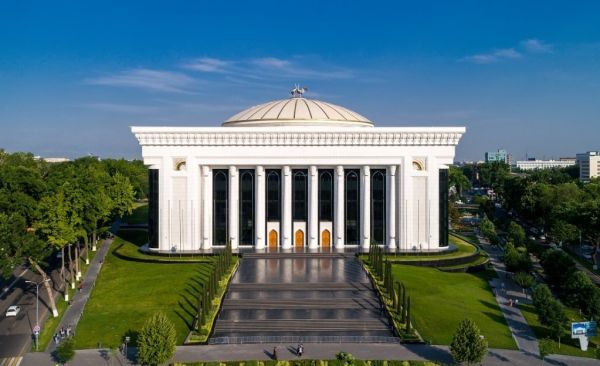The ancient settlement of Afrasiab
Archaeological excavations on the territory of Afrasiab began at the end of the 19th century and continue to this day.
Scientists have established that the first settlements here arose in the VIII–VII centuries BC, and by the IV–III centuries BC the city became a major trade and cultural center of the ancient state of Sogdiana.
Afrasiab was surrounded by massive defensive walls made of mud bricks, and the streets and squares were paved with stone, a rarity for that time.
The city flourished thanks to trade, crafts and agriculture: archaeologists have found ceramics, jewelry, coins and remains of frescoes, testifying to the high level of culture of its inhabitants.
In the 6th–8th centuries A.D., during the early Middle Ages, Afrasiab was one of the capitals of the Sogdian state, a rich country of merchants and intermediaries between China, Persia and Byzantium.
But in the 13th century, the city was destroyed by the Mongol troops of Genghis Khan, and life gradually shifted south to where modern Samarkand stands today.
